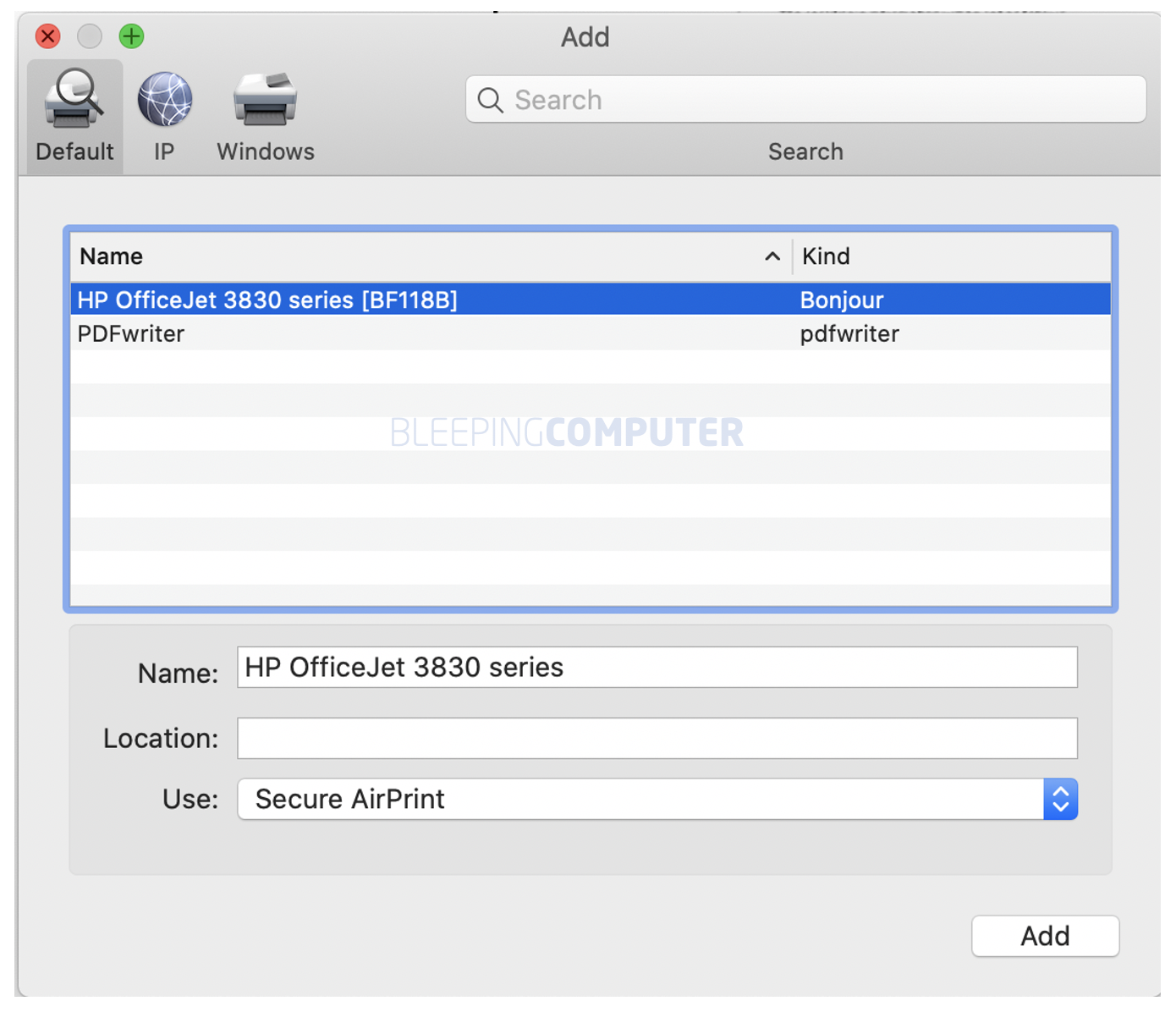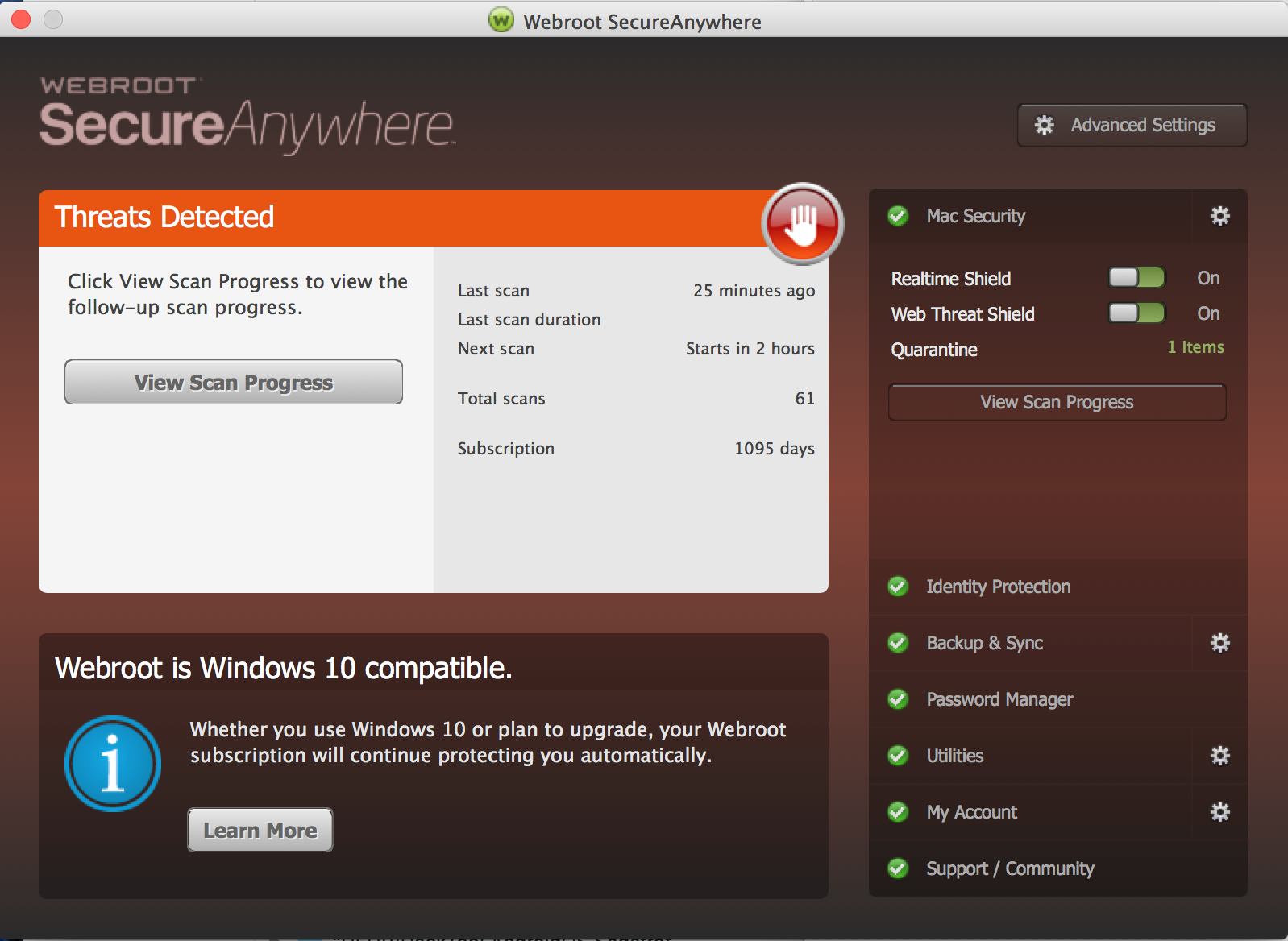
There are several different and reliable ways of doing that, and if you’re uncertain please contact Apple Support so that they can talk you through resolution.
HP UTILITY MAC MALWARE UPDATE
Until then, you’ll need to follow a method which will remove 1.68 and either replace it with 1.67 from a backup, or allow Apple’s update servers to push 1.67 at it. The best will be when Apple pushes MRT 1.69, which should replace the buggy version at last. There are many different potential solutions for Macs which are affected by this bug.
HP UTILITY MAC MALWARE INSTALL
Because of the way that these updates are pushed, your Mac won’t see the older version, and even if it did, simply trying to install it won’t force it to be downgraded from 1.68 to 1.67. Apple pulled that update early on 24 October, but unfortunately that doesn’t force affected Macs to be downgraded. This appears to be the result of a bug in MRT 1.68. For the moment, if your Mac successfully updated to the new version of MRT without suffering these problems, there’s no reason to suspect that it will develop them later. It’s not clear why this is, and there’s no obvious pattern to these problems. Many Macs which were updated to MRT 1.68 haven’t been affected at all. Although affected Macs aren’t completely unusable, they’re severely affected by this. MRT keeps crashing and being automatically restarted, and this affects overall performance.

The Mac becomes sluggish, and looking in Activity Monitor normally shows two processes, MRT and trustd, taking large amounts of CPU. Affected Macs, which can be running any version of macOS from El Capitan to Catalina, suffer severe problems running the new version of MRT. Unlike XProtect, whose data files are used on demand, MRT is normally run in two situations: shortly after it has been updated, and soon after a Mac starts up. Some, but by no means all, Macs then suffered a problem as a result of the new version of MRT. That doesn’t happen immediately, but for Macs in daily use, that means that most will have been updated by 2359 UTC on 20 October.
HP UTILITY MAC MALWARE SOFTWARE
Macs which run with Software Update set to Install system data files and security updates then automatically download and install those updates. These normally happen every two weeks or so, and are silent in that Apple doesn’t announce them, or even admit that they’ve happened. Some time before 2200 UTC on Monday 19 October, Apple pushed routine updates to its security tools, XProtect and MRT. This article explains what happened, and what you can do about them. If further assistance is needed, please review our system requirements and contact Member Care.Last week a great many Mac users were struck by one or both of two serious problems. To force reload, select View in the top left-hand corner of the system menu, then select Force Reload. Launch Design Space for Desktop, then force reload the application.Select all files within the LocalData folder and drag them to the Trash.With the files toggled on, open the grayed out.

You should see that as you press period, some files will toggle between visibility and being hidden. Hold down the command and shift keys, and while holding them down press the period key. Here you should see some of your user files.



 0 kommentar(er)
0 kommentar(er)
